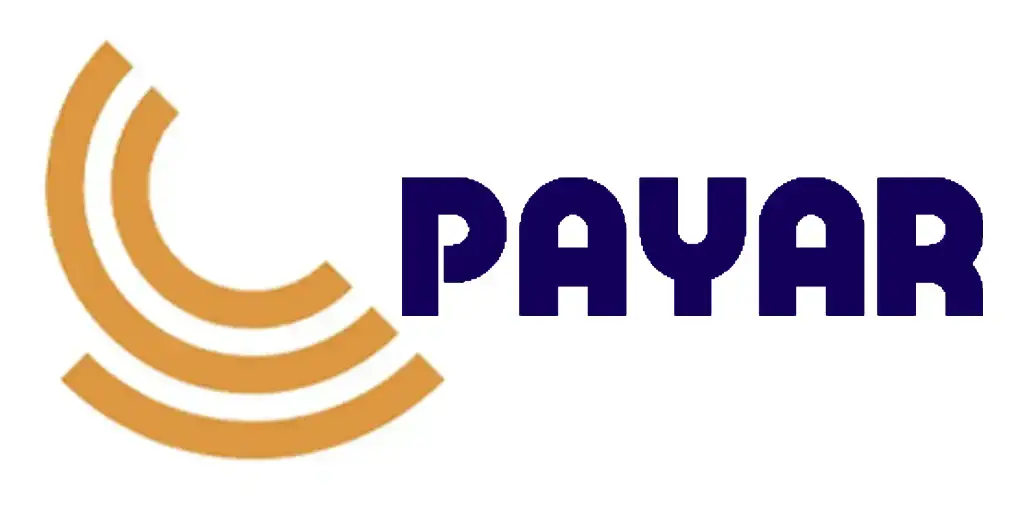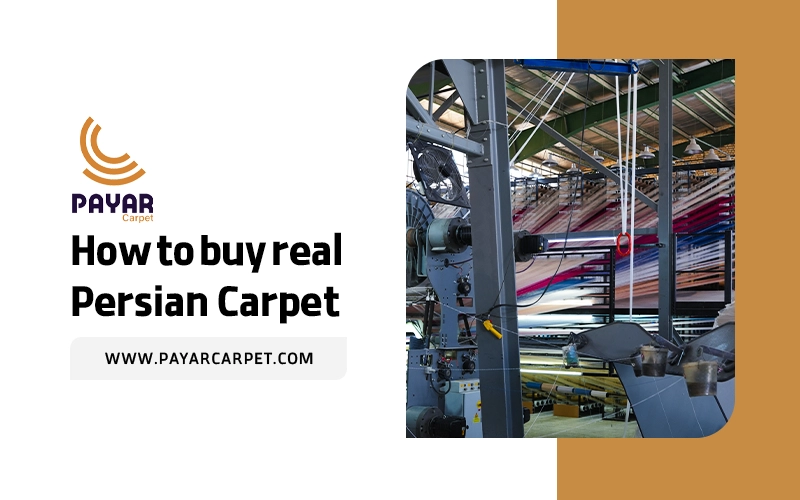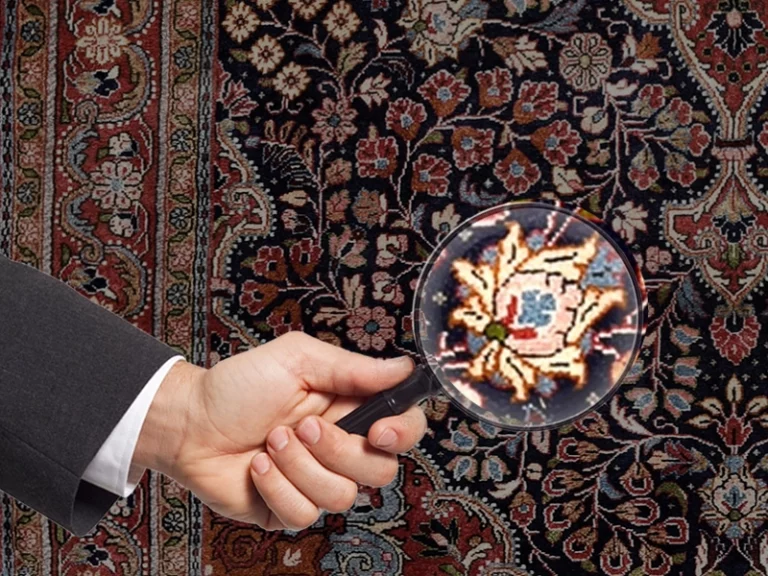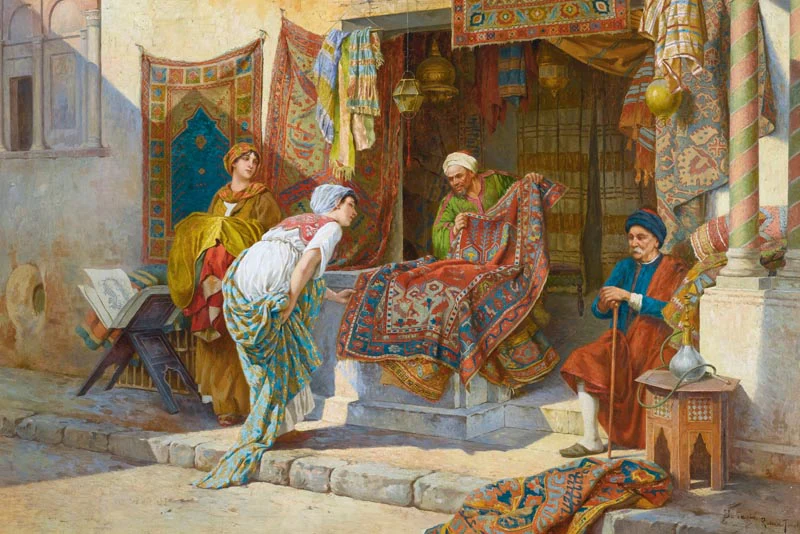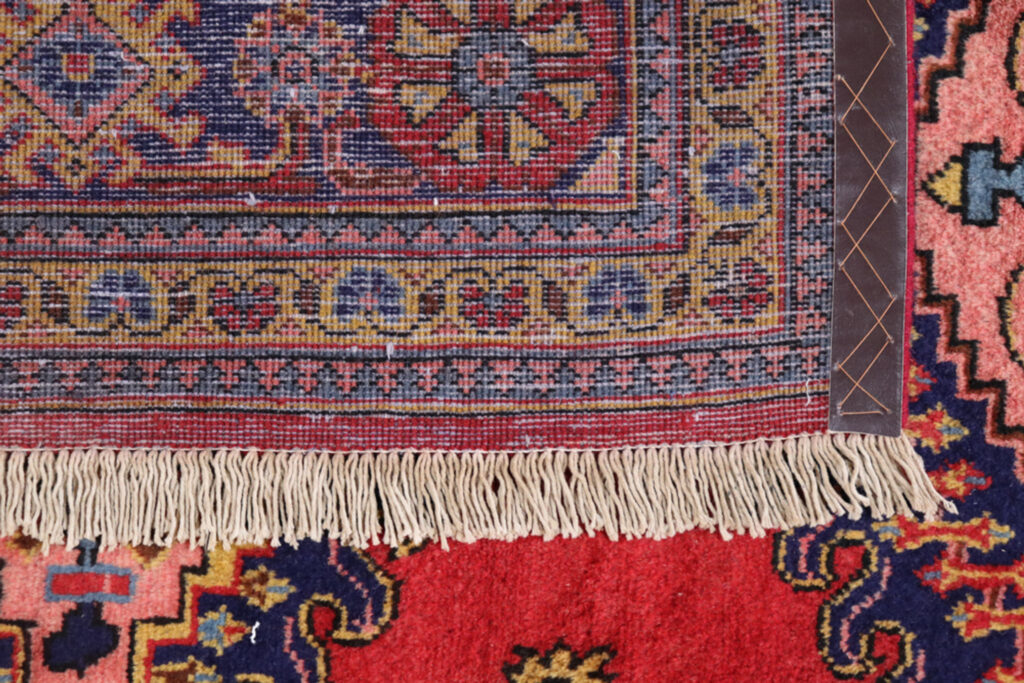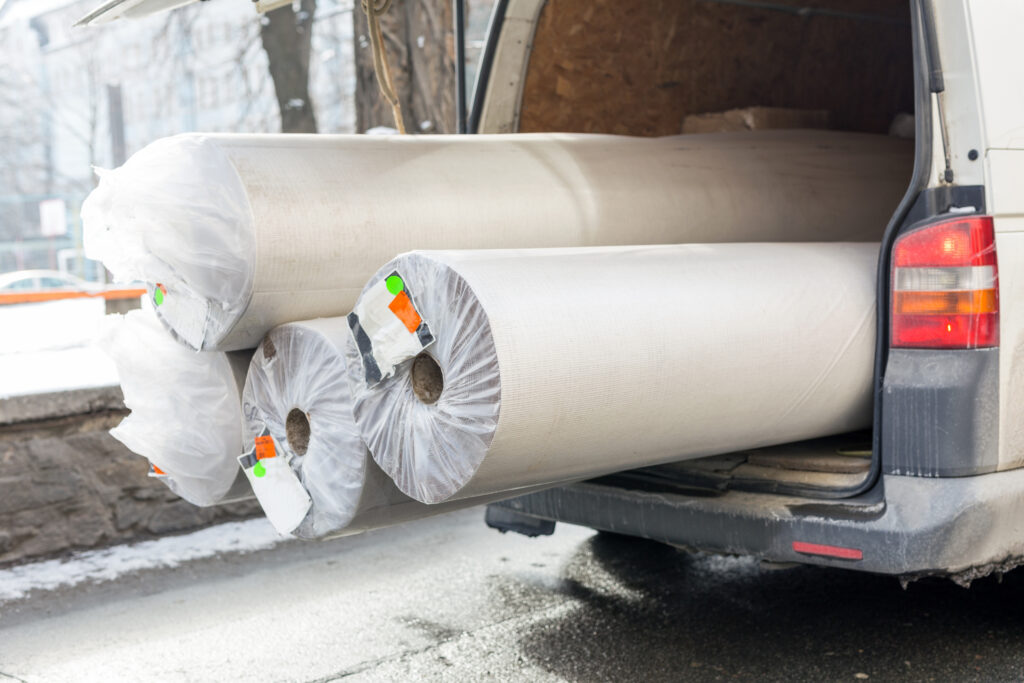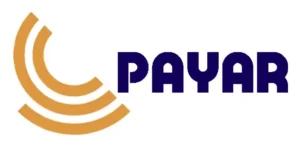Buy Persian carpets (real version)
Persian carpets are revered worldwide for their intricate designs, exquisite craftsmanship, and rich cultural heritage. These handmade masterpieces, originating from Iran, are not just floor coverings but are considered works of art that are often appreciated over time. However, with the market flooded with imitations and machine-made replicas, purchasing an authentic Persian carpet can take time and effort. This guide will walk you through the essential steps to help you confidently buy an authentic Persian rug.
Understanding the History and Cultural Significance
Before delving into the purchase, it’s crucial to understand Persian carpets’ history and cultural significance. Carpet weaving in Iran dates back over 2,500 years, with each region developing unique styles and techniques. Persian carpets are more than just functional items; they embody Iranian culture, history, and artistry. Each rug tells a story, often inspired by nature, mythology, and historical events. By appreciating the cultural heritage behind these carpets, you’ll be better equipped to recognize their actual value.
Familiarize Yourself with Different Types of Persian Carpets
Persian carpets vary significantly based on the region where they are made, the materials used, and the weaving techniques. Familiarizing yourself with these variations will help you make an informed decision:
Regional Styles:
- Tabriz: Known for its fine knotting and diverse patterns, Tabriz carpets often feature medallions, floral designs, and sometimes pictorial scenes.
- Isfahan: Renowned for its intricate designs and high knot density, Isfahan carpets typically have a central medallion surrounded by elaborate patterns.
- Qom: These carpets are known for their fine silk materials and detailed designs, often featuring gardens, trees, and animal motifs.
- Kashan: Kashan carpets are famous for their traditional floral patterns, with a central medallion often surrounded by a sea of flowers.
Materials:
- Wool: The most common material, high-quality wool, is durable and has a soft texture. Wool carpets are known for their warmth and resilience.
- Silk: Silk carpets are luxurious and delicate, with a fine texture and a luminous sheen. They are often more expensive due to the cost of silk and the intricate labor involved.
- Cotton: Usually used for the foundation of the carpet (warp and weft), cotton provides strength and stability.
Weaving Techniques:
- Knot Density (KPSI): Knot density is a crucial quality indicator measured in knots per square inch (KPSI). Higher KPSI means finer detail and higher quality. For example, a KPSI of 120 or more is considered high-quality.
- Hand-Knotted vs. Machine-Made: Authentic Persian carpets are hand-knotted, with each knot tied individually by skilled artisans. On the other hand, machine-made carpets lack the unique characteristics and value of hand-knotted ones.
Learning to Identify Authentic Persian Carpets
Recognizing the authenticity of a Persian carpet requires attention to detail and knowledge of specific characteristics:
- Inspect the Back of the Carpet: The back of the carpet can reveal a lot about its authenticity. In a genuine hand-knotted Persian carpet, you should be able to see the individual knots, and the pattern should be as distinct on the back as on the front. The knots will not be perfectly uniform, a sign of handmade quality.
- Check the Material: As mentioned earlier, Persian carpets are typically made from wool, silk, or a combination of both. Run your hand over the carpet to feel its texture. High-quality wool should feel soft yet sturdy, while silk should feel smooth and luxurious.
- Examine the Design and Pattern: Authentic Persian carpets often have complex designs that are symmetrical and well-balanced. Pay attention to the details—each pattern element should be meticulously executed. The colors should also be vibrant, with natural dyes creating a rich, deep hue that doesn’t fade quickly.
- Test the Color Fastness: To ensure the carpet has been dyed with high-quality natural dyes, dampen a white cloth and gently rub it over a small area. If the color bleeds onto the cloth, it may indicate that lower-quality dyes were used, which could be a red flag.
- Look for a Signature: Some high-quality Persian carpets, especially those from renowned weavers or workshops, bear the artist’s signature. This signature is usually woven into the carpet’s border and can increase its value.
- Understanding the Pricing and Value
The price of a Persian carpet is influenced by several factors, including the materials, knot density, age, and the reputation of the weaver or workshop:
- Material and Craftsmanship: Silk carpets are generally more expensive than wool carpets due to the cost of silk and the intricacy involved in weaving. Carpets with higher knot density are also priced higher because they take longer to weave and have finer details.
- Age: Older Persian carpets, particularly well-preserved ones, are often more valuable. Antique carpets, typically those over 100 years old, can be costly, especially if they are rare or have historical significance.
- Provenance: Carpets from specific regions or by famous weavers are more sought after and can command higher prices. Documentation or certification of the carpet’s origin can also add value.
- Market Conditions: The current market demand for Persian carpets can influence prices. Economic factors, trends in home decor, and the availability of similar carpets all play a role in determining the price.
- Where to Buy Authentic Persian Carpets
Finding a reliable source is crucial when buying a Persian carpet. Here are some trusted avenues:
- Specialized Carpet Dealers: Reputable dealers specializing in Persian carpets are often the best source. They usually have a deep knowledge of the carpets and can provide detailed information about each piece, including its origin, age, and quality.
- Online Marketplaces: While buying online can be convenient, it’s essential to do thorough research. Ensure that the seller is reputable, has positive reviews, and has clear return policies. Websites specializing in Persian carpets and having a physical showroom are often more trustworthy.
- Auctions and Estate Sales: Auctions, both online and in person, can be a great place to find high-quality Persian carpets. However, it’s essential to be well-informed about the carpet you’re bidding on, as auctions can be competitive, and prices can escalate quickly.
- Carpet Fairs and Exhibitions: Carpet fairs and exhibitions, especially those in regions known for carpet production, provide an opportunity to see a wide variety of carpets and purchase directly from the source.
- Travel to Iran: Visiting Iran and buying directly from the source is an ideal way to ensure authenticity. Carpet bazaars in cities like Tehran, Isfahan, and Tabriz offer a vast selection, and you can often negotiate directly with the weavers or merchants.
6. Evaluating the Condition of the Carpet
When purchasing a Persian carpet, especially if it is vintage or antique, it’s essential to assess its condition:
- Check for Wear and Tear: Look for signs of wear, particularly in high-traffic areas such as the center of the carpet. Some wear is expected in older carpets, but excessive damage can reduce the carpet’s value.
- Examine the Edges and Fringe: The edges and fringe of the carpet are often the first areas to show signs of wear. Ensure that these areas are intact and haven’t been repaired or altered significantly, as this can affect the carpet’s integrity.
- Look for Repairs: Repairs are common in older carpets but should be done professionally and not detract from the carpet’s overall appearance. Poorly executed repairs can diminish the value of the carpet.
- Check for Moth Damage: Moth damage can be a severe issue in wool carpets. Look for small holes or areas where the wool is thinning; these can be signs of moth damage. Preventive measures, such as storing the carpet properly, can help avoid this problem.
- The Importance of Documentation and Certification
When buying a Persian carpet, especially an expensive or antique one, documentation and certification are vital:
- Certificate of Authenticity: A certificate of authenticity from a reputable dealer or appraiser can assure that the carpet is genuine. This document should include the carpet’s origin, materials, and age.
- Provenance: If possible, obtain documentation outlining the carpet’s history, including previous ownership and historical significance. This can increase the carpet’s value and appeal.
- Detailed Invoice: Ensure the invoice includes all pertinent information about the carpet, such as its size, material, origin, and unique features. This will be useful for insurance purposes and future resale.
- Ethical Considerations When Buying Persian Carpets
In addition to the practical aspects of buying a Persian carpet, ethical considerations are also important:
- Fair Trade Practices: Ensure that the carpets you purchase are produced under fair trade conditions. This means the artisans who made the carpets were paid fair wages and worked in safe conditions.
- Environmental Impact: Consider the environmental impact of carpet production. Carpets dyed with natural, eco-friendly dyes and produced using sustainable practices are better for the environment and the communities involved.
- Cultural Sensitivity: Persian carpets are deeply tied to Iranian culture and history. When purchasing these carpets, respecting their cultural significance and avoiding supporting companies that exploit or misrepresent this heritage is essential.
Making the Purchase: Negotiation and Finalizing the Deal
Carpet delivery van with open trunk. Large bulky cargo transportation. Carpeting sale and delivery concept.
When it comes time to make the purchase, negotiation is often part of the process, especially in markets and with individual dealers:
Negotiation Tips:
- Do Your Research: Know the average price range for the type of carpet you’re interested in so you can negotiate confidently.
- Be Polite and Respectful: Negotiation is an expected part of the process, but always remain polite and respectful.
- Consider the Value: Rather than focusing solely on getting the lowest price, consider the carpet’s value in terms of its quality, design, and cultural significance.
Payment and Delivery:
- Secure Payment: Use safe payment methods, especially for online purchases.
- Shipping and Insurance: Ensure the carpet is shipped using a reliable service and has proper insurance to cover any potential damage during transit.
Conclusion
Buying a genuine Persian carpet is a significant financial and cultural investment. By taking the time to understand the history, materials, and craftsmanship behind these carpets, you can make an informed purchase that you will cherish for years to come. Whether you’re buying for your home, as a collector’s item, or as an investment, following the steps outlined in this guide will help you confidently navigate the market and acquire a genuine, high-quality Persian carpet.
